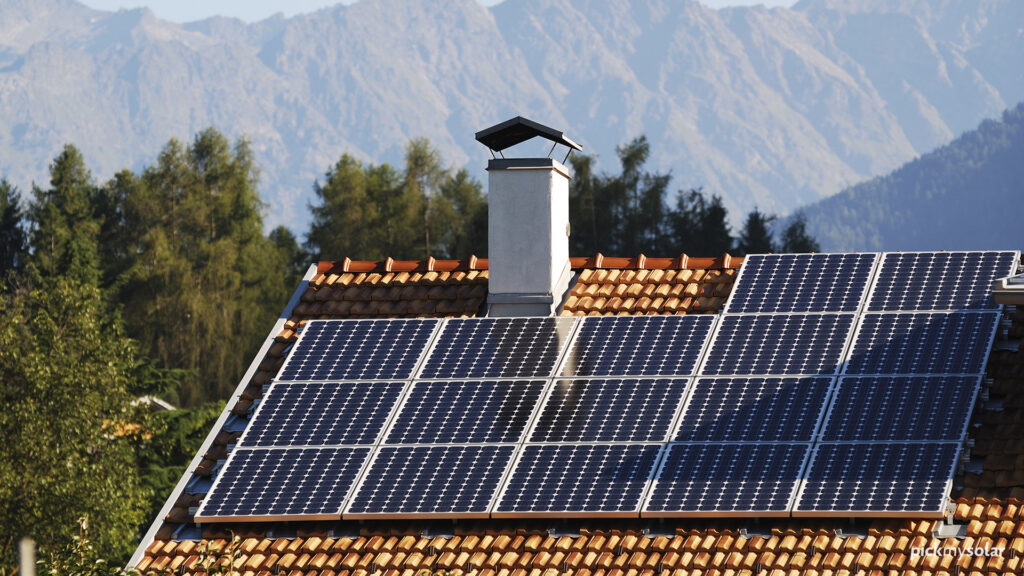The amount of electricity that one square meter of solar panels can produce varies based on several factors, including the geographical location, the type and efficiency of the solar panels, the amount of sunlight received, and the angle at which the panels are installed. On average, a square meter of solar panels in a location with good sunlight conditions can produce between 150 to 300 watts of electricity. However, this figure can fluctuate based on the following key factors:
- Sunlight availability: Regions with more sunlight hours and higher solar irradiance levels will generally yield more electricity per square meter of solar panels.
- Panel efficiency: The efficiency of solar panels is a critical factor in determining the electricity output. Higher efficiency panels can convert a greater percentage of sunlight into electricity.
- Orientation and tilt angle: The orientation and tilt angle of the solar panels can significantly affect their electricity production. Optimal orientation and tilt ensure that the panels receive sunlight at the most favorable angles throughout the day.
- Shading: Shading can reduce the amount of sunlight reaching the solar panels, thereby decreasing their electricity output.
- Temperature: High temperatures can affect the efficiency of solar panels, leading to a reduction in their electricity production.
It’s important to note that the overall electricity production of a solar panel system is usually calculated in kilowatt-hours (kWh) over a specific period, such as a day, month, or year. This calculation takes into account the total area of solar panels, their efficiency, and the local sunlight conditions.


